Description
Calathea Rufibarba, Furry Feather Marantha – Plant
Introducing the fascinating Marantaceae plant Calathea Rufibarba. It is a sought-after gem for plant enthusiasts due to its unusual velvet-textured leaves and fascinating patterns. Calathea Rufibarba is native to South America’s tropical regions, notably Brazil, where it thrives in the thick undergrowth of rainforests. Its native environment reveals information about its recommended care conditions. Furry Feather Marantha is distinguished by its distinctive velvety leaf, which is a tactile treat. It’s a great option for indoor locations with little sunlight because it can grow in medium to low light levels. The Calathea Rufibarba stands out as a work of living art with its elongated, lance-shaped leaves and velvety texture.
Caring Tips:-
1. Light: Place your Furry Feather Marantha in bright, indirect light. Avoid direct sunlight, as it can scorch the leaves. A spot near a north or east-facing window is ideal.
2. Humidity: Maintain a humid environment around your plant, ideally around 50-60% humidity. Mist the leaves regularly or use a humidity tray to create the needed moisture.
3. Watering: Keep the soil consistently moist but not waterlogged. Water when the top inch of the soil feels slightly dry. Ensure proper drainage to prevent root rot.
4. Soil: Use a well-draining, peat-based potting mix. A mix formulated for African violets or orchids can work well for Calathea Rufibarba.
5. Fertilization: Feed your Furry Feather Marantha with a balanced liquid fertilizer during the growing season (spring and summer) every 4-6 weeks. But reduce or stop fertilization in the dormant season (fall and winter).



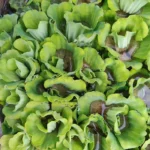

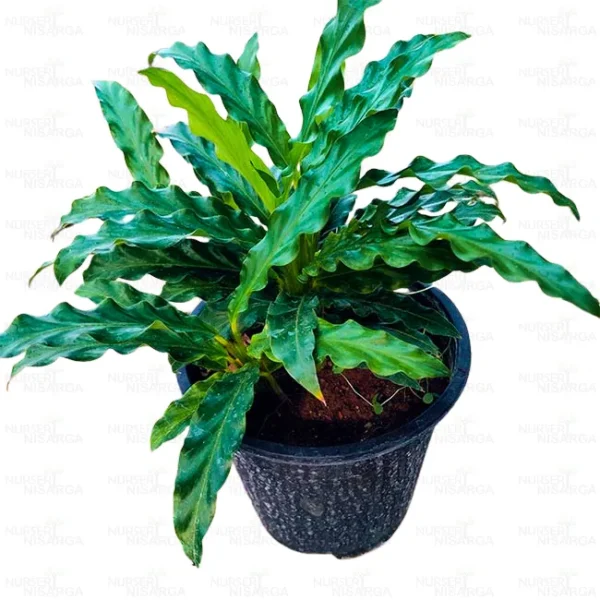
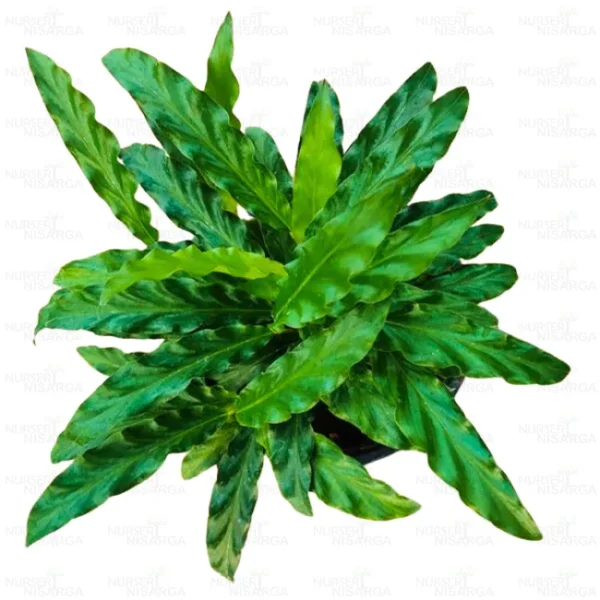


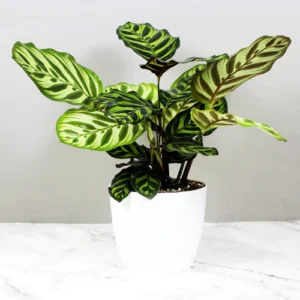

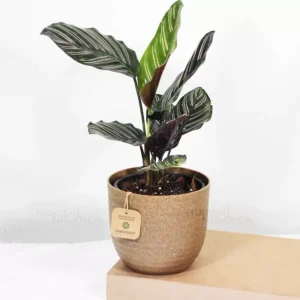



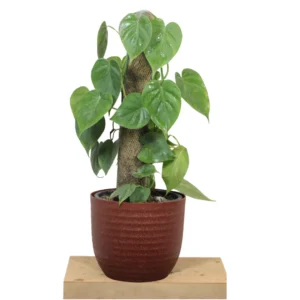
Reviews
There are no reviews yet.